
Next Sunday, Costa Rica will elect its president and the legislators who will represent the country for the next four years. In Guanacaste, around 260,000 registered voters will be able to cast their vote.
Since the 2018 national elections, the number of registered voters has increased by 8%, with 19,457 more voters, according to the latest data from the Supreme Electoral Court (TSE- Tribunal Supremo de Elecciones).
This year’s elections are full of historical marks. It’s Costa Rica’s first election during the COVID-19 health crisis. In addition, just four days before the election, 28% of voters are still undecided, which is the highest rate of undecided voters since 2010, according to the Center for Research and Political Studies (CIEP-UCR for the Spanish acronym).
They are also the elections with the largest number of political parties since the 1930s, with 25 parties participating.
The Voice of Guanacaste asked our readers what questions they have about the electoral process this Sunday. These are some of the questions we gathered:
1. How are ballots kept secure throughout the country?
The Supreme Electoral Court (TSE) packs the electoral materials in sacks or drawstring bags in its warehouse located in Desamparados, in the canton of San Jose. Two weeks before the election, these materials are sent inside a bag that is sealed with a safety padlock.
One week before the elections, the cantonal boards deliver the materials to the members of the receiving voting boards, made up of members of the parties. They open the bag together and verify that the electoral materials are complete.
The bag is closed again with a second padlock that comes inside and, from that moment on, they are in charge of taking care of it until the day of the vote.
During the days before the election, TSE workers can monitor to verify that the board members keep the materials safe.
According to the TSE, the bag contains the ballots for president and legislators, the list of registered voters, the ballot boxes, posters with the names of the legislative candidates, crayons for voters, labeled envelopes to deposit the ballots and, this time, health kits (masks, alcohol gel, disinfectant towels).
2. How do I know where I have to go to vote?
To find out where your voting center is in Guanacaste, you should go to this link and enter your ID number. You can also download the #VotanteInformadoCR app, available for Android and IOS.
A third option is to call 1020 for free or send a message to the same number with your ID number.
3. How many ballots will I get on February 6?
The members at the tables will give you two ballots. On the white one, you’ll elect the presidential candidate and on the light blue one, you’ll vote for candidates for the Legislative Assembly.
4. How can I be sure that the crayon for voting is safe?
According to the TSE, the crayon used for the upcoming elections will be the same one used since 2010. They are designed at the National Electoral Institute (INE for the Spanish acronym) of Mexico and the ink can’t be erased.
However, due to the COVID-19 health crisis, during these elections, you’ll be able to take and use your own pen to vote.
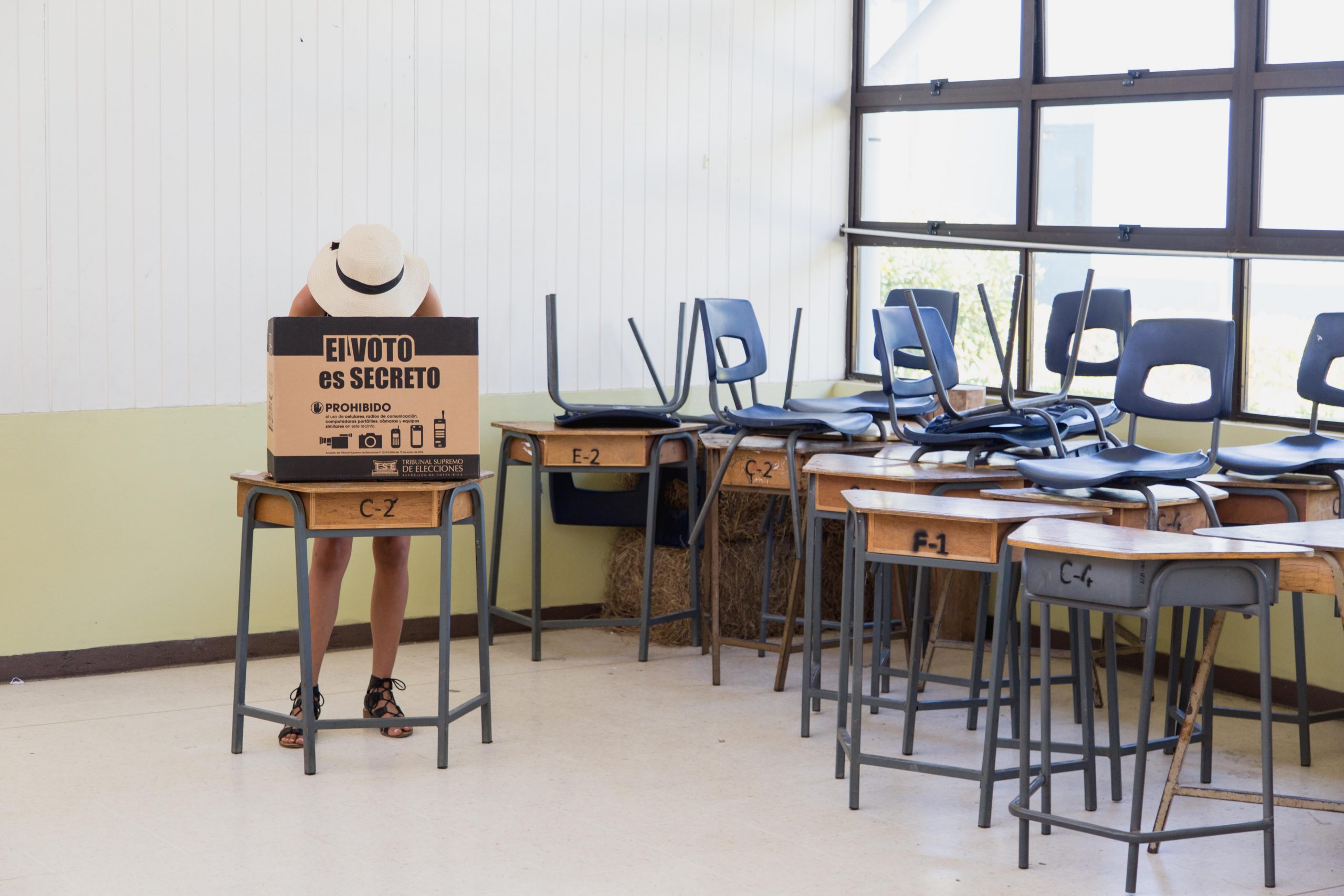
Photo: César Arroyo Castro
5. Can I be accompanied to vote?
It depends. Voters can request assistance in casting their ballot if they are elderly or have a disability. However, the receiving board will be the one to decide if the voter really needs it or not. If authorized, it may be done by public vote or assisted vote.
A public vote is when the person tells the people who make up the voting board who he or she wants to vote for and the president of the board marks the corresponding ballots.
Assisted voting is when the voter enters the secret booth in the company of someone they trust to help them mark the option they want. The person who accompanies them must have Costa Rican nationality and be of legal age.
6. What are the reasons why the TSE annuls a vote?
Article 194 of the electoral code specifies the reasons for which the TSE can annul a vote. These include:
- If the boxes of two or more candidates are marked on the ballot.
- If the ballot in some way reveals the voter’s identity.
- If the receiving boards cannot clearly define who the person intended to vote for.
- When the receiving board retains and annuls a ballot because the voter took longer than the 90-second limit to exercise the right.
- If the votes arrive outside of the designated timeframe or are taken to other places beyond those previously determined by the TSE.
- If the ballots don’t have the signatures of the members of the receiving board.
7. What happens if the majority of voters leave their ballots blank?
Nothing happens. The TSE doesn’t add blank votes to any candidate’s tally nor are they taken into account to annul the elections, declare the winner or determine if there will be a second round.
8. How does each province choose its candidates for legislators?
The Legislative Assembly is made up of 57 legislators. They are allotted proportionally to the number of inhabitants in each province. Guanacaste, for example, is the province with the lowest population of all, so it has four seats assigned.
In Costa Rica, the current way to elect legislators is through lists predefined by the political parties. Voters can’t choose a specific person, but the votes cast will be added up to allocate the number of legislators per party.
For a party to win legislators in the Legislative Assembly, it must meet a minimum number of votes that depends on the total number of voters for each province. Those who manage to pass that electoral barrier and obtain the first four places according to the votes, will be the ones who occupy the seats. If the party with the most votes doubles that minimum amount, it will receive two seats.
Unlike the election for the presidency, the election for legislators is always determined in the first round.
If you want to delve deeper into this topic, go to this TSE publication (in Spanish).
9. What has to happen for there to be a second round?
In Costa Rica, presidents win the electoral race when they obtain more than 40% of the valid votes cast during the election. If no one reaches that number of votes, the TSE calls a second electoral round with the two participants who obtain the most valid votes.
If this happens, the second round would be held on April 3 of this year.
In this process, there is no minimum percentage. Instead, the TSE declares the person who obtains the highest number of votes to be president.
10. When will we know the results of the elections?
The Supreme Electoral Court affirmed that it will have a first cut of results by around 9 p.m. on Sunday.
On our website, we’ll have an informative display in real time with the presidential results and the outcome of the legislators elected by the province.
Do you have any other questions? Write to us at [email protected] or our WhatsApp.


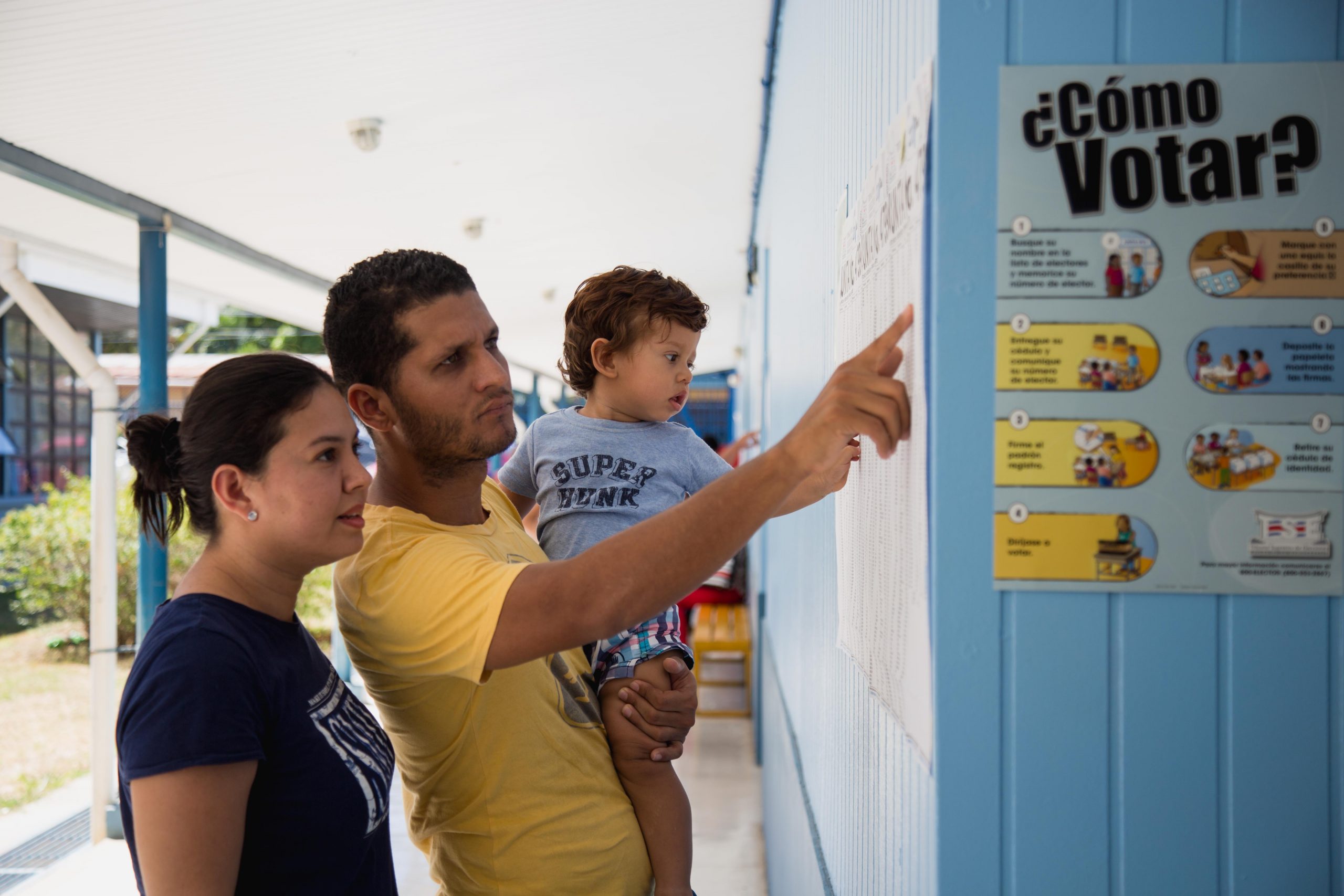
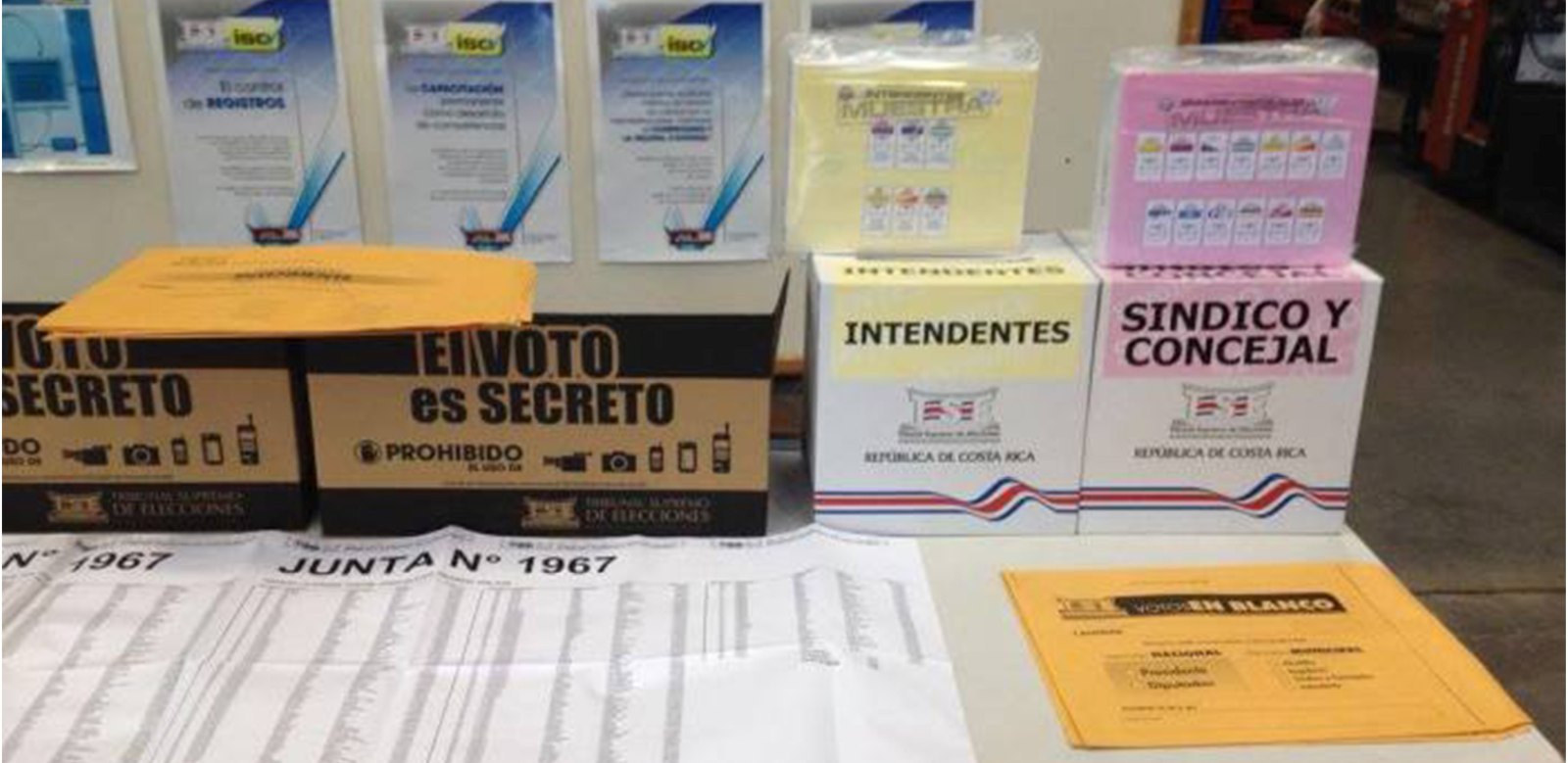
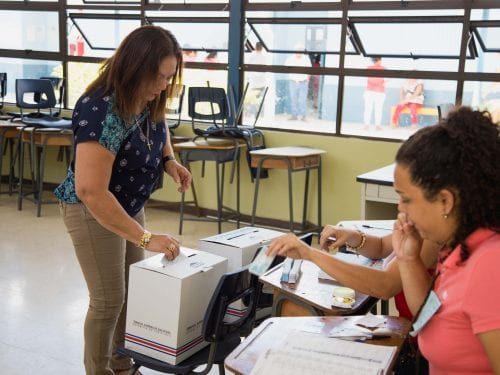
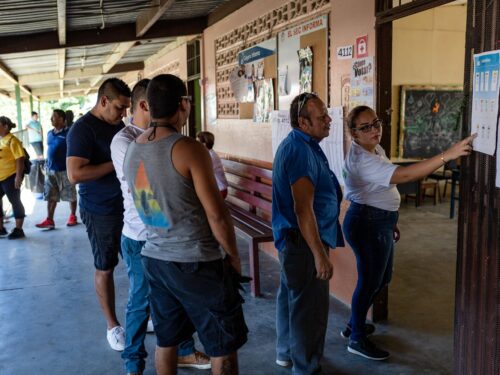

Comments